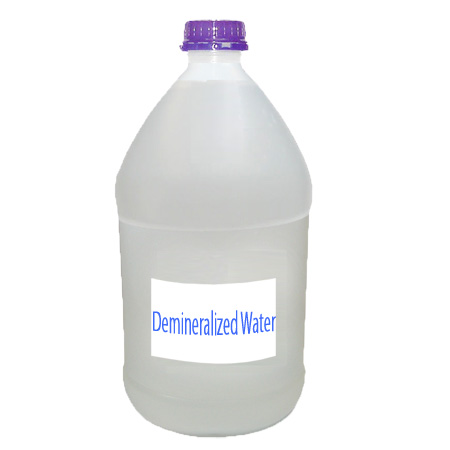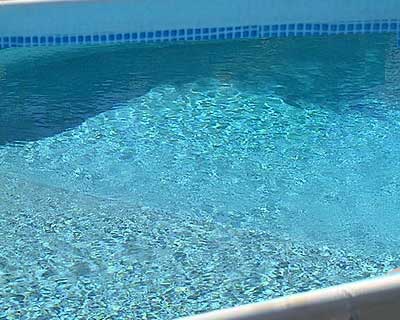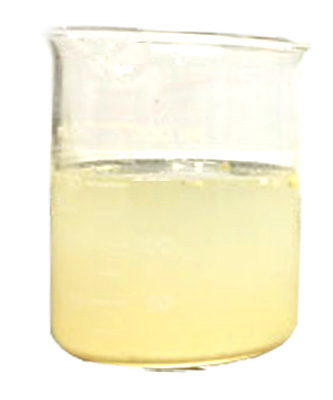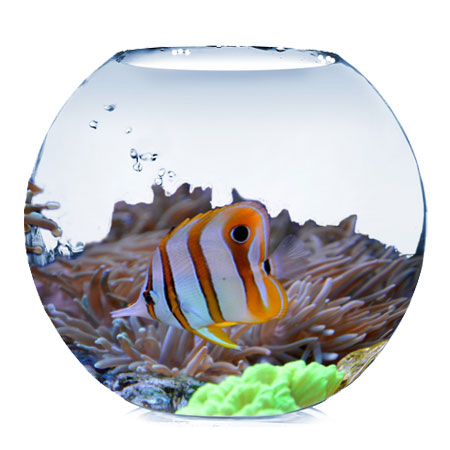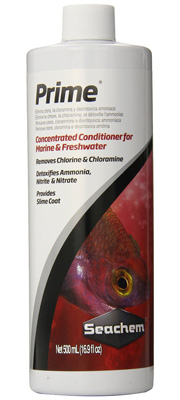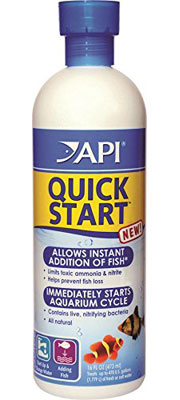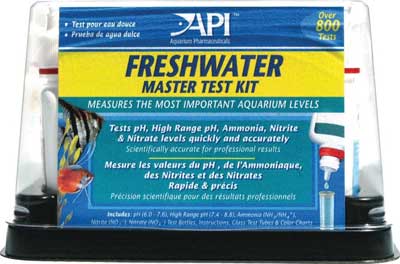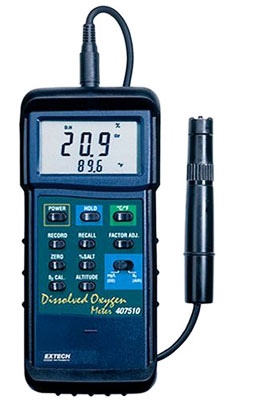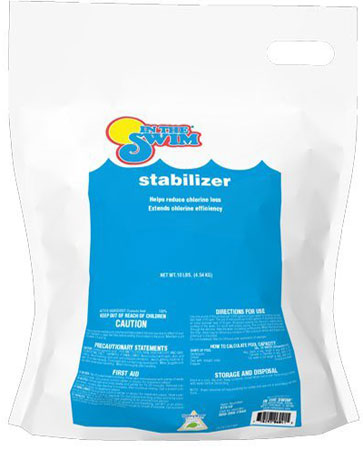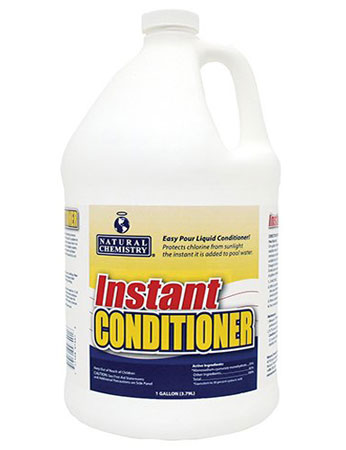Higher level of arsenic in drinking water is dangerous for health. It is a semi-metal element. In general it is naturally found in the earth’s crust. It is odorless, tasteless and colorless. So you are not able to conform if your drinking water is contaminant to the arsenic. You can only determine the presence and concentration of arsenic in water with the laboratory analysis. It should be kept arsenic levels in drinking water as low as possible. If you are living a higher arsenic containing area then you should read the test report if your water is public. On the other hand if your water system is private then you should test the water so that you can know what you are drinking. Your local or county health department and many private certified laboratories offer water testing for arsenic.
The both type of organic and inorganic arsenic are available but organic type of arsenic is not found in drinking water. Normally organic arsenic is found in different types of foods. There are two types of inorganic arsenic is found in ground water. These are As3+ (arsenite) and As5+ (arsenate).
If you notice high level of arsenic in your drinking water, then you need to look for an alternate water source. This water must be lower levels of arsenic. Several short-term and long-term solutions are available. You can install in home water treatment device to reduce arsenic in drinking water. Otherwise you have to purchase bottled water for drinking and cooking purposes until you installed a permanent one.

Source of arsenic in water
The main source of drinking-water is lakes, streams, rivers or underground. Arsenic can enter these drinking water sources through the arsenic rich rocks, agricultural arsenic based pesticides and industrial practices such as mining, wood preservatives, textile, transistor, semiconductor, pigments. Environment is another source of arsenic. It can enter into the environment as a dust through the burning of fossil fuels, mining, waste burning, and pesticides. These arsenic particles get into water through the water flows of rain or snow. It seeps into groundwater. Usually groundwater contains higher amount of arsenic than surface water.
Arsenic occurs naturally in soil and bedrock in many parts of the United States, including parts of upper New England (Massachusetts, New Hampshire, Maine), New Jersey, Florida, and large parts of the Upper Midwest, the Southwest (like Nevada), and the Rocky Mountains. It occurs extensively in some countries like Bangladesh, India.
Effects of arsenic in water
Contact with high levels of arsenic in drinking water can causes many long-term and short-term health effects such as thickening and discoloration of the skin, nausea, stomach pain, diarrhea, Vomiting, decreased production of blood cells, abnormal heart rhythm and blood vessel damage, numbness in the hands and feet, Partial paralysis, Blindness, skin rash. Several types of cancers are related to arsenic such as bladder, lungs, skin, kidney, nasal passages, liver, and prostate cancer. Many studies in Bangladesh, Taiwan, Chile and Argentina on arsenic support for cancers. Bangladesh is one of the higher arsenic containing country where arsenic obtained up to 1 ppm. The health risk depends on the concentration of arsenic, amount of water, length of consuming time and individual sensitivity to arsenic.
When you consume arsenic contamination water then bloodstream distributes it throughout the body. It does not able to enter into the body through the skin during showering or by inhalation during bathing. Therefore, it is safe to use the water during showering, bathing and other household work, if the arsenic level is over 0.01 ppm. We found high arsenic levels at nails and hair in our body. Here, arsenic accumulate over long-time. Our body releases a great amount of arsenic through the urine. Moreover, a small amount of arsenic removes through the skin, hair, nails and sweat.
Arsenic levels in water
Environmental Protection Agency (EPA) of USA approves a lower standard of 10 ppb or 0.01 ppm of arsenic in drinking water. Previously it was 50 ppb. It reduces to 10 ppm due to threat of bladder and lung cancer. This level protects consumers from the health effects of long term constant contact to arsenic. Consuming above 0.01 ppm arsenic containing water for a long-term will increases chronic health problems. If it is more than 0.01 ppm, then you should look for another water source or install home treatment equipment. Children and pregnant women are greater risk of arsenic.
Arsenic test
Arsenic in drinking water is odorless, tasteless and colorless. The only way to tell if arsenic is present is to test for it. If you are living in arsenic containing area then it is recommended that you should test your water. To arsenic test you should contact your regional public health office or commercial labs. Moreover, you have to conform that they can measure low level arsenic (as low as 1-2 µg/L). If your water is municipal supply water then you should contact the local drinking water authorities to know the arsenic level.
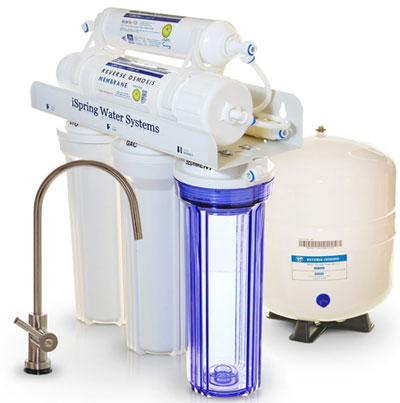
iSpring RCC7 Built in USA WQA Gold Seal Certified 5 Stage Reverse Osmosis Water Filter, 75 GPD, Transparent 1st Stage & Designer Faucet
Removing arsenic from water
There are two types of arsenic in water. These are arsenic-3 and arsenic-5. Among them arsenic-3 is very difficult to remove from water. Therefore, it must be converting into arsenic-5 to remove. Oxidation is the appropriate method to convert arsenic-3 to arsenic-5. The most common oxidants are liquid chlorine (bleach), hydrogen peroxide, and ozone. Among them chlorine is the most readily available oxidant for home water treatment. The other factor to removing the arsenic in drinking water is the possible presence of other element as like iron and manganese. It may act as a hinder the effectiveness of arsenic removal. So you must remove it from the water before arsenic treatment.
The available systems for removing arsenic from water are anion exchange, reverse osmosis, activated alumina and other types of adsorptive media filters. These systems are categories into two types; point-of-entry treatment (POET) and a point-of-use (POU). The POET system treats the entire household water. On the other hand, POU treats kitchen tap water. You can contact your local health department or a water treatment company to determine which type of arsenic removing system works best in your area. All the systems have advantages and disadvantages. People use the POU treated water only for drinking and cooking purpose.
Anion exchange:
In this system arsenic is exchanged by the chloride. Generally people use it to treat water for the entire house. It requires little maintenance. When arsenic replaces all the chloride ions, then it is required to regenerate the resin. Normally we we use a suitable chloride containing compound such as NaCl solution as regeneration medium. It is one of the best methods to remove arsenic in drinking water.
Reverse osmosis (RO):
Generally we installed reverse osmosis as a point-of-use treatment system. Usually, it needs pre-filtration system to remove sand and gravel that can foul the RO membrane. It is ineffective to removing arsenic-3.

APEC – Top Tier – Built in USA – Ultra Safe, Premium 5-Stage Reverse Osmosis Drinking Water Filter System (ROES-50)
Adsorptive media filters:
There are several types of adsorptive media available such as activated alumina (AA) and granular iron oxide. Commonly we use it for point-of-use treatment systems. These systems are also not able to remove the arsenic-3. It is more expensive than reverse osmosis system. The adsorptive media filter consist an adsorptive media cartridge that can be replacing about every 6-12 months. This ongoing cost is the drawback of this system. The granular iron oxide system effectively removes arsenic from water in both POET and POU systems. It is easy to operate and maintain.
3 Stage 20″ Big Blue Whole House Activated Alumina Water Filter w/ Radial Flow Carbon Block – Removes Fluoride, Arsenic, Sediment, Chlorine, & Chloramines
Distillation process
As like permanent hardness arsenic does not remove by boiling water. It will increase the concentration of arsenic in water as the water evaporates at 100 ⁰C. But you can apply the distillation method to produce several gallons of arsenic free water per day. In this case you have to boil the water then condensate the water.
Conclusion
After above and related discussion we may come to the conclusion that the problems of arsenic in drinking water is a great problem of international. WHO, many NGO and other UN-system organizations are working in many countries to remedies the problems of arsenic in water. However, taking massive actions against arsenic contamination is a must.
